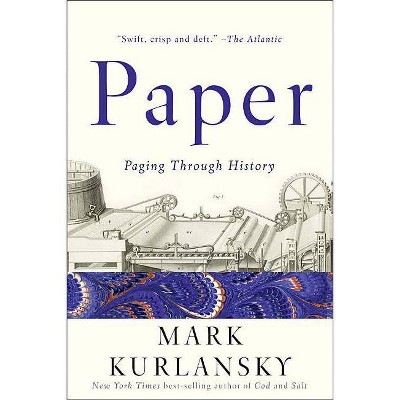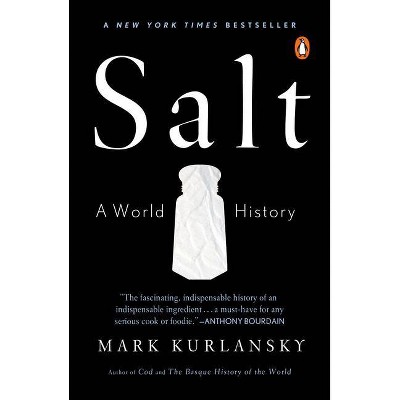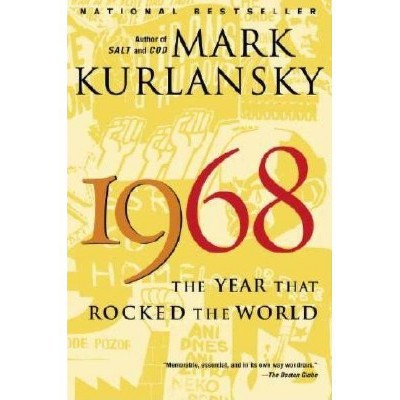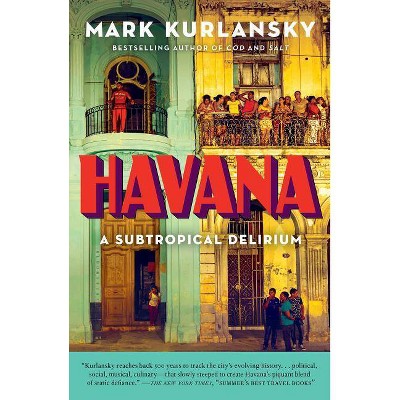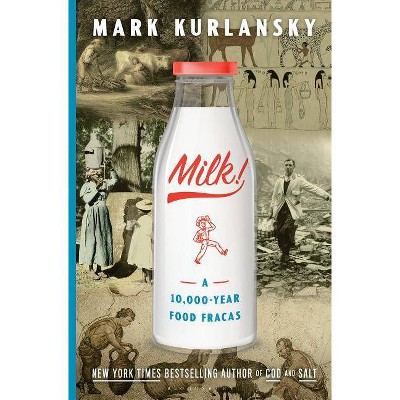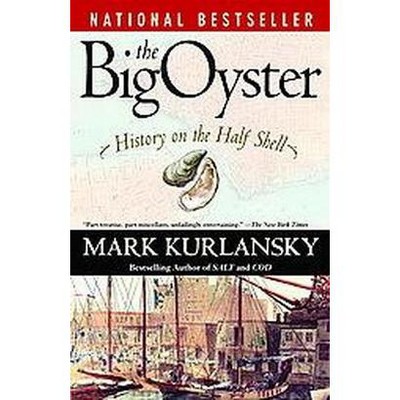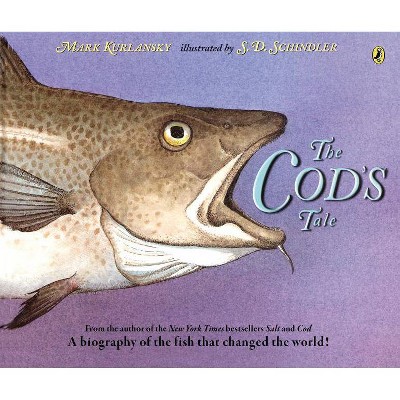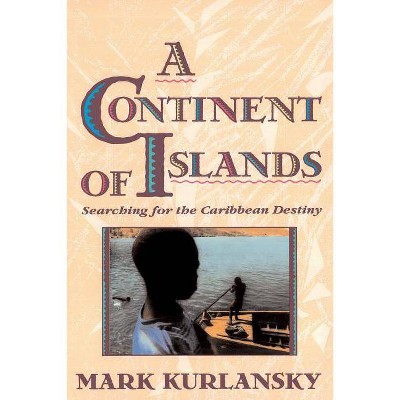Birdseye - by Mark Kurlansky (Paperback)
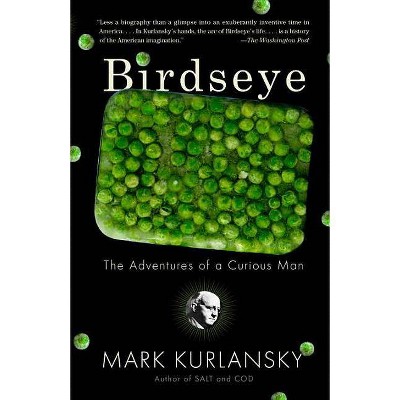
Similar Products
Products of same category from the store
AllProduct info
<p/><br></br><p><b> Book Synopsis </b></p></br></br><p>While working as a fur trapper in Labrador, Canada, Clarence Birdseye encountered an age-old problem: bad food and an unappealing, unhealthy diet. However, he observed that fresh vegetables wetted and left outside in the Arctic winds froze in a way that maintained their integrity after thawing. As a result, he developed his patented Birdseye freezing process and started the company that still bears his name. Birdseye forever changed the way we preserve, store, and distribute food, and the way we eat. <p/>Mark Kurlansky's vibrant and affectionate narrative reveals Clarence Birdseye as a quintessential "can-do" American inventor--his other patents include an electric sunlamp, a harpoon gun to tag finback whales, and an improved incandescent lightbulb--and shows how the greatest of changes can come from the simplest of ideas and the unlikeliest of places.</p><p/><br></br><p><b> Review Quotes </b></p></br></br><br><p>"Less a biography than a glimpse into an exuberantly inventive time in America. . . . In Kurlansky's hands, the arc of Birdseye's life . . . is a history of the American imagination."--<i>The Washington Post</i> <p/>"[An] intriguing book that . . . coaxes readers to re-examine everyday miracles like frozen food, and to imagine where places with no indigenous produce would be without them." --<i>The</i> <i>New York Times</i> <p/>"Kurlansky's skilled narration ensures that each detail is salient to the central story of Birdseye and his inventions. . . . [and] reinvigorates the spirit of this most American of entrepreneurs." --<i>The Boston Globe</i> <p/>"A lively . . . biography about one of America's most unusual innovators." --<i>Newsday </i> <p/>"A delight. . . . Fabulous factoids abound." --<i>The New York Times Book Review<br></i><br>"The master of the food monograph . . . Kurlansky typically begins with a single natural resource and studies its broad impact on humankind. This book flips that model on its head by studying one extraordinary man and the effect of his innovations on a host of commodities. . . . Birdseye was, in his tastes, surprisingly in sync with today's ethos of locavorism and nose-to-tail eating." --<i>Businessweek<br></i><br>"A key ingredient in the success of Kurlansky's biography is the mixture of Birdseye the modern man and Birdseye the throwback, who could not understand so much of contemporary society." --<i>The Houston Chronicle<br></i><br>"Having just read Mark Kurlansky's new biography of Clarence Birdseye, I now see the humble fish fillet in a whole new light. For as Kurlansky tells it, when Clarence Birdseye figured out how to pack and freeze haddock . . . he essentially changed the way we produce, preserve and distribute food forever." --Alison Richards, <i>The Salt, </i>NPR <p/>"Kurlansky brings Birdseye to life. . . . Covering the science behind Birdseye's . . . inventions along with intimate details of his family life, [he] skillfully weaves a fluid narrative of facts on products, packaging, and marketing into this rags-to-riches portrait of the man whose ingenuity brought revolutionary changes to 20th-century life." --<i>Publishers Weekly</i> (starred)</p><br><p/><br></br><p><b> About the Author </b></p></br></br><p>Mark Kurlansky is the <i>New York Times</i> bestselling author of many books, including <i>The Food of a Younger Land</i>, <i>Cod: A Biography of the Fish That Changed the World</i>, <i> Salt: A World History</i>, <i>1968: The Year That Rocked the World</i>, and <i>The Big Oyster: History on the Half Shell</i>. He lives in New York City.</p>
Price History
Price Archive shows prices from various stores, lets you see history and find the cheapest. There is no actual sale on the website. For all support, inquiry and suggestion messagescommunication@pricearchive.us

